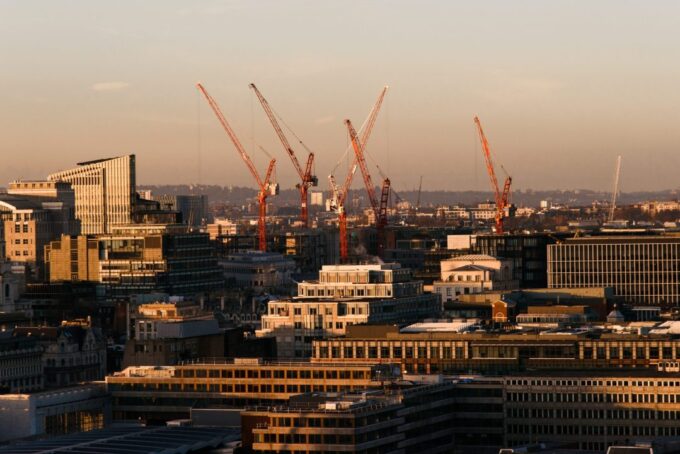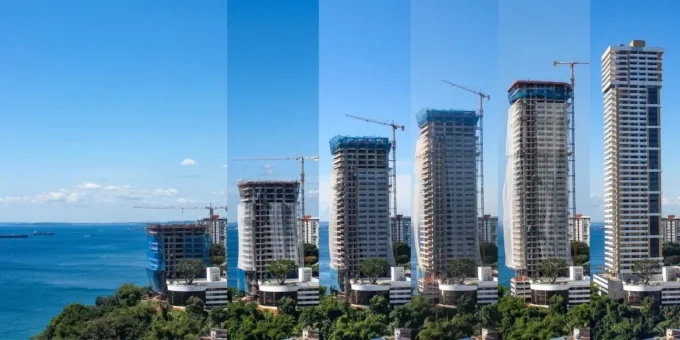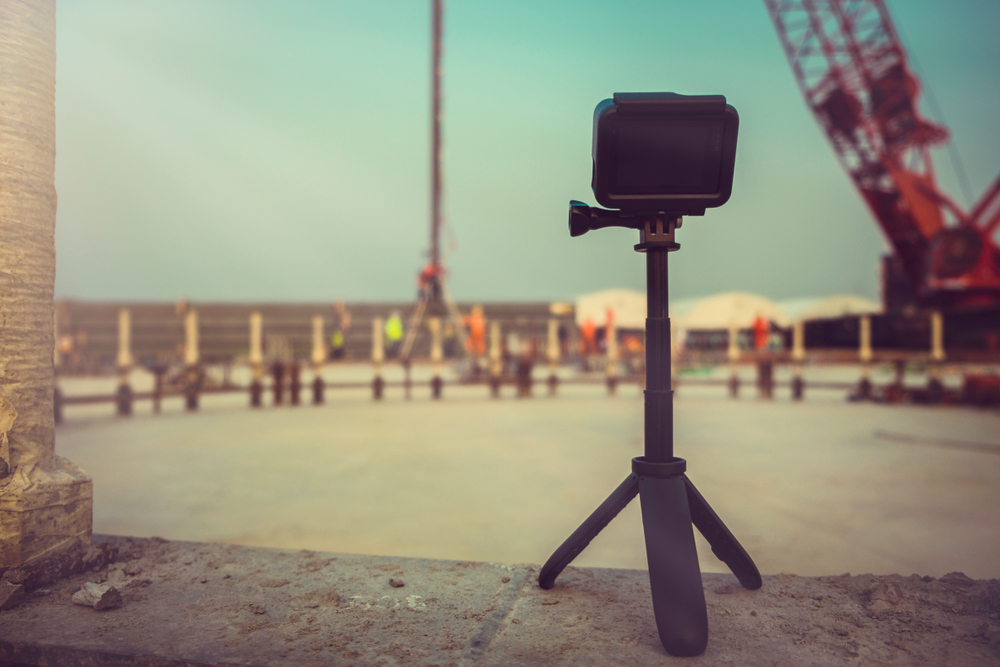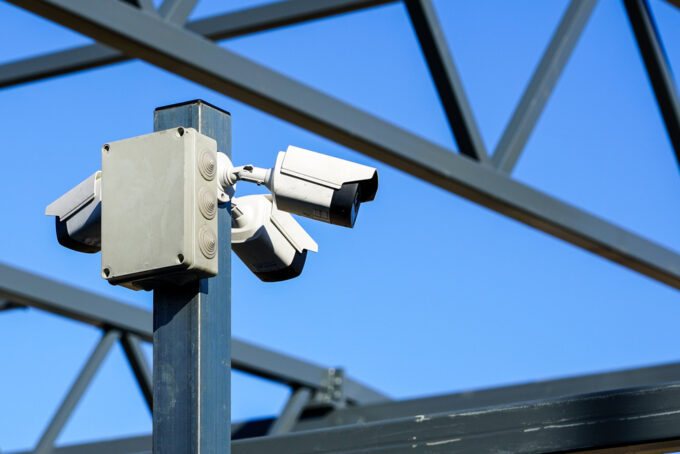Construction has always been a gradual and slow process. Projects can take months to years to complete. It can be quite difficult to communicate the progress with something other than still images.
Thanks to the advancement of technology, however, contractors and developers now have a powerful way of capturing the hard work that goes into each project. With construction time lapse technology, the progress and developments of projects are captured and tracked for corporate and public observation.
But what is it exactly, and why should construction businesses consider implementing it in their next project? This article answers these questions along with valuable tips on how to get started.
Understanding Construction Time-Lapse Videos
A time-lapse video condenses events that occur for hours to years into a video that only lasts for a few minutes. This is often accomplished by capturing fewer ‘frames’ or images per second.
With regular videos, the camera captures 24–30 frames per second (fps). However, a time-lapse video captures fewer frames, as little as one frame per minute or less. That said, when these captured frames are played back at full or increased speed, it shows the progress of a construction project more engagingly.
This method of compressing several days and months of construction work into a clip of just a few minutes allows construction companies to showcase the quality of their work while providing insight into how a project comes together.
4 Reasons Why Construction Businesses Should Use Time-Lapse Videos

So, why should a construction business spend time installing video cameras to capture the whole project and compress it into a time-lapse video? Here are the reasons:
1. It Ensures Effective Project Monitoring
Construction project management and monitoring are critical, and you want to know everything is going according to plan. With a time-lapse video, you can.
You get access to remote camera footage when you install time-lapse cameras on your construction site. From these images, you can easily pinpoint various aspects of the project, from the material supply to on-site workers’ productivity.
Additionally, adding a time-lapse camera on-site is quite beneficial if you have numerous sites to monitor. You don’t have to visit each construction site for monitoring or inspection since you can remotely track what’s happening in each site.
2. It Makes Good Marketing Material
Marketing for construction businesses has always been a challenge. Traditionally, construction companies often compile several images of the finished build instead of sharing the entire process. This is mainly because the construction process can take too long to document and show to the relevant parties. They often lose interest in just a short period when you’ve only started showing the final product.
Using time-lapse videos can help prevent this. It allows you to capture the whole process, from start to finish, without presenting an hour-long video. This helps improve your marketing efforts while showcasing the expertise and proficiency of your team within minutes.
Moreover, video marketing is one of the most effective digital marketing strategies that allow you to improve your brand in the digital world. Time-lapse videos can increase brand awareness and generate more business when shared on your website or social media accounts.
3. It Engages Your Community

Construction time-lapse videos can help bridge the gap between your company and the community you’re working in.
The impact of construction projects on a neighboring community can be severe—ranging from travel disruptions to noise pollution. However, most construction projects can leave a lasting positive value in a community. With a time-lapse video, you can easily demonstrate the transformative effect that your work has had and help community members appreciate the work your company has put in.
4. It Helps Your Team Get Recognized
Aside from engaging the surrounding communities around your project, time-lapse videos also allow you to engage your construction team. Since time-lapse videos document the milestones of each construction project, presenting this to your team can create a sense of pride and accomplishment.
At the end of every build, everyone can reflect on what they’ve achieved together and celebrate their accomplishment.
How To Record Time-Lapse Video In Your Next Construction Project
If you’re finally convinced to use time-lapse technology, here are some tips on implementing it in your next construction project.
Determine Your Objectives
The first step is to make a plan. To do this, you must determine the goal of the time-lapse video. Are you using it for marketing or an internal review?
Depending on your goals and needs, it will affect several factors, including how you set up video cameras and how frequently you record. For instance, to create a marketing video, you’ll need to record less frequently and place the cameras at a higher vantage point to capture the whole site.
Use Multiple High-Quality Cameras
To capture your construction project from different angles, you need to set up several cameras at different angles and corners. This ensures you have a detailed view of the project from different locations.
Since these cameras will capture all aspects of your construction project, you must use durable, high-quality devices. You’d want to choose cameras with high resolution for decent-quality images and recordings.
Plan The Locations
Camera locations are one of the most important things to consider when setting up a time-lapse recording. You want to place the cameras in areas where they can capture a unique perspective of your construction project.
For instance, you can place cameras at a shorter distance to record intricate details of the ongoing work. Meanwhile, a long-distance perspective can provide a whole, wide view of the project.
Prep For The Environment

In general, cameras will be installed outdoors, where they’ll be exposed to various harsh conditions. For instance, rain can distort the lens of cameras, whereas strong winds can knock them down. Moreover, construction sites are often dirty and dusty environments, potentially spoiling your video.
Thus, you’d want to prepare for these instances. You can mitigate the impact of rain by adding a rain shield on the camera. You can have cleaning schedules to ensure clear recordings.
Takeaway
There’s no denying the powerful benefits of doing a time-lapse video of your construction projects—from creating unique marketing material to building better community engagement. It’s a great way to show the passion and energy that goes into your construction projects.
So, don’t hesitate to follow the above tips to help create an engaging short video showcasing your months’ or years’ worth of work.










